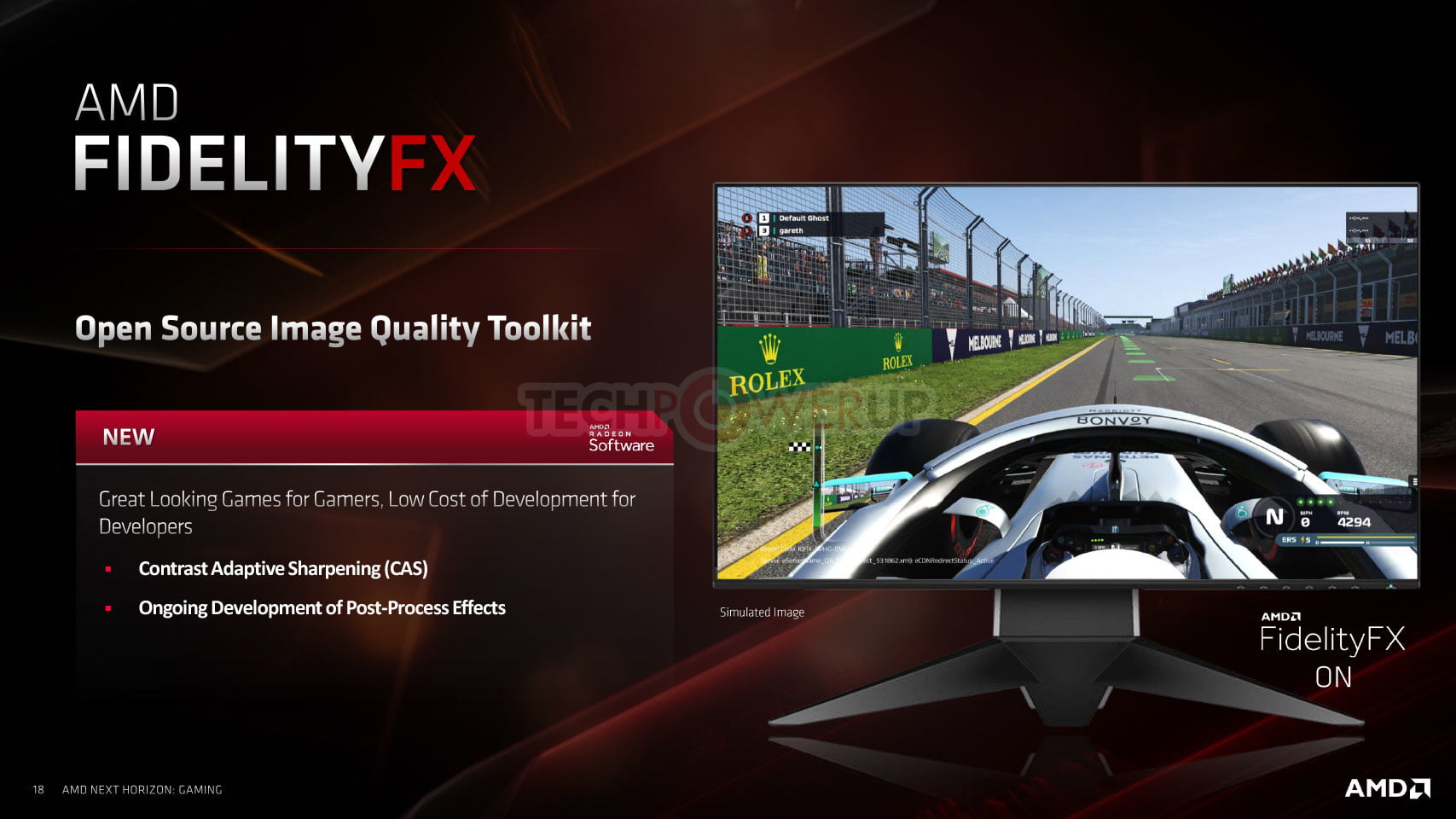AMD shows us what its FidelityFX technology is capable of with the “Hangar 21” demo loaded with lights, shadows and reflections. The introduction of the new AMD Radeon 6000 graphics has allowed the firm to finally compete with the best of NVIDIA in many areas, and AMD has also worked hard to bring about visual improvements with its FidelityFX technology.
- AMD Radeon RX 6700 will arrive with 12GB GDDR6 VRAM
- AMD will use 3D Stacking to improve CPU performance
- Radeon RX 6800 and 6800 XT tests show NVIDIA has a more advanced architecture
This technology is actually a set of tools for developers to create lighting effects, shadows or reflections much more realistic in their games, and AMD wanted to show what it is capable of with a video demonstration that has entitled ‘Hangar 21’ and that certainly makes it clear that this solution can provide a photorealistic finish outstanding in any content.
AMD shows us what FideltyFX is capable of with a demo. FidelityFX also stands out for being open source, and its implementation is remarkable, being already available in 35 new-generation games such as ‘Dirt 5’, ‘Microsoft Flight Simulator 2020’ or the future ‘Far Cry 6’.
The AMD managers wanted to demonstrate the potential of these tools, and for that, they have published a video called ‘Hangar 21’ in which the action allows to show how those effects of illumination, shadows, reflections can impact the final result of those who develop games for PCs and consoles.
The RDNA 2 architecture present in the new AMD Radeon 6000 family now has more and better effects that take advantage of that power. Among them, the Variable Shading to analyze the luminance and movement of the photo-recordings to optimize their rendering and achieve optimal performance.
It is also relevant for the new Denoiser to improve the visual quality of ray tracing in real-time or the so-called Parallel Sort, an effect that aims developers since it allows them to manage the information of each frame on the GPU really fast.
With FidelityFX, AMD’s proposal is clear: they want to propose a non-proprietary alternative to Nvidia’s RTX and DLSS technologies and offer those tools to developers to implement them in their games.
AMD shows us what FideltyFX is capable of with a demo. This demo makes clear that AMD wants to take advantage of the power of their graphics and DirectX 12 Ultimate that offers native support of ray tracing with the technology DirectX Raytracing (DXR).





